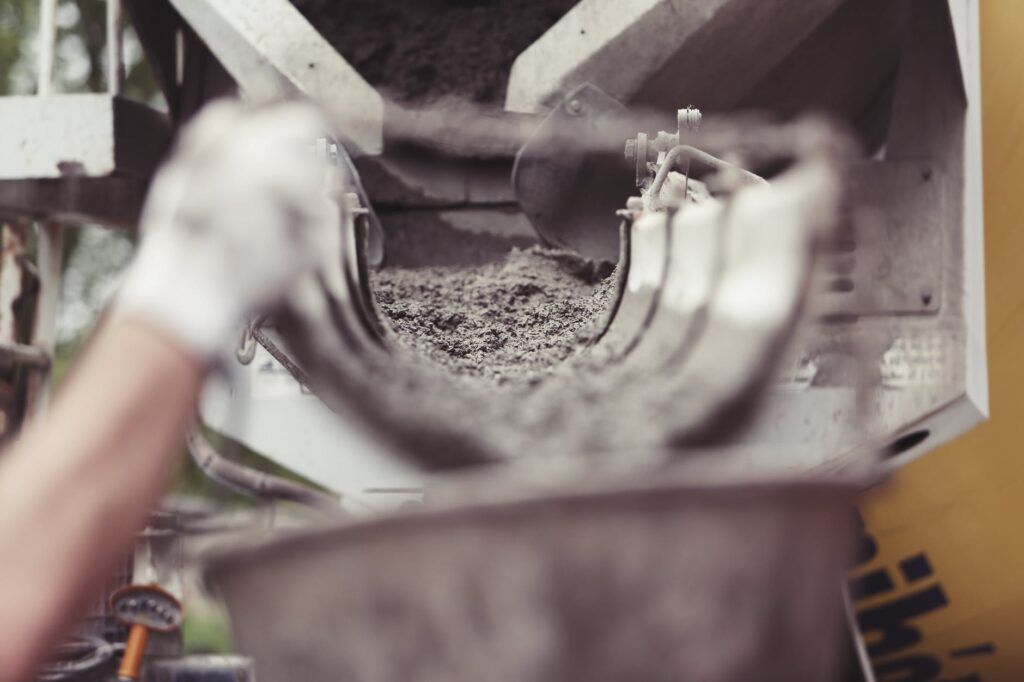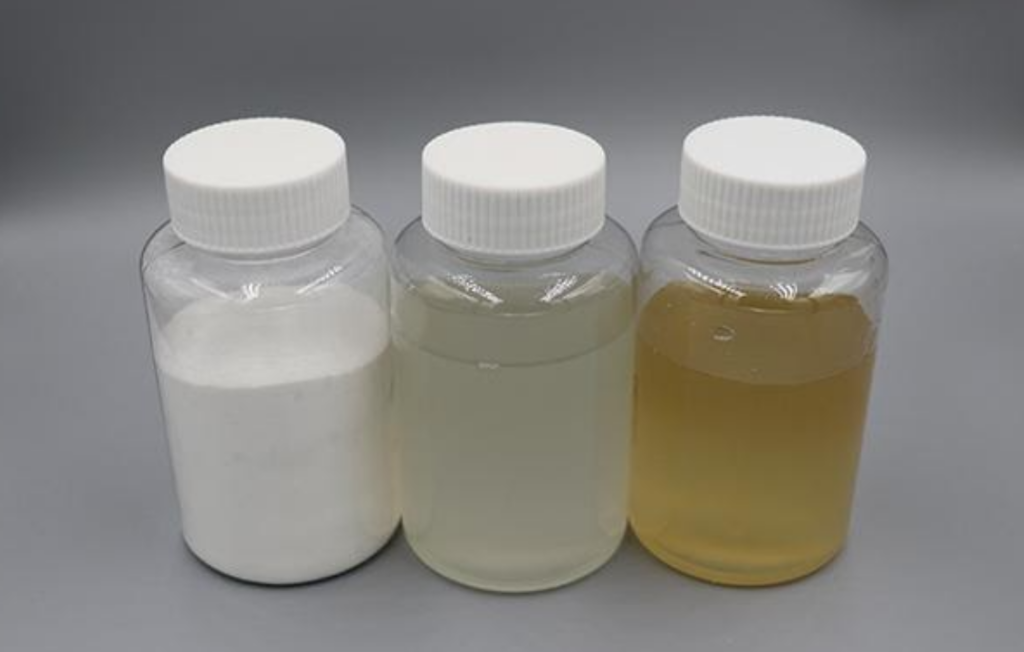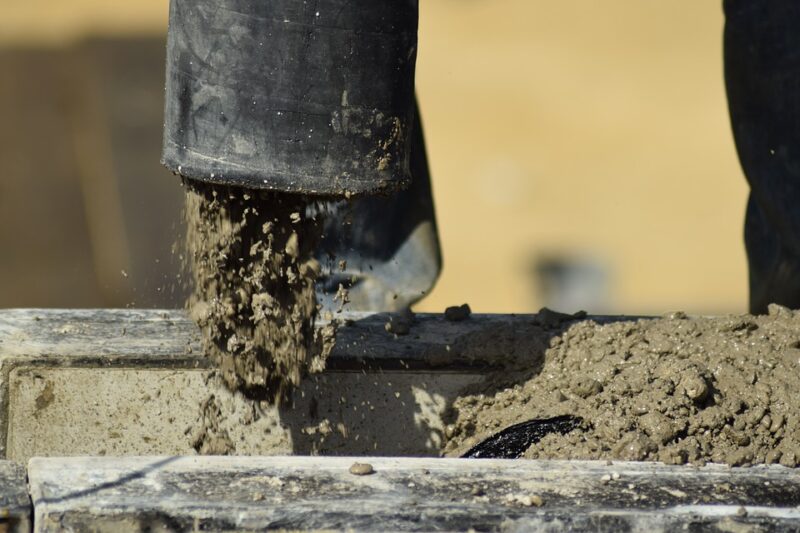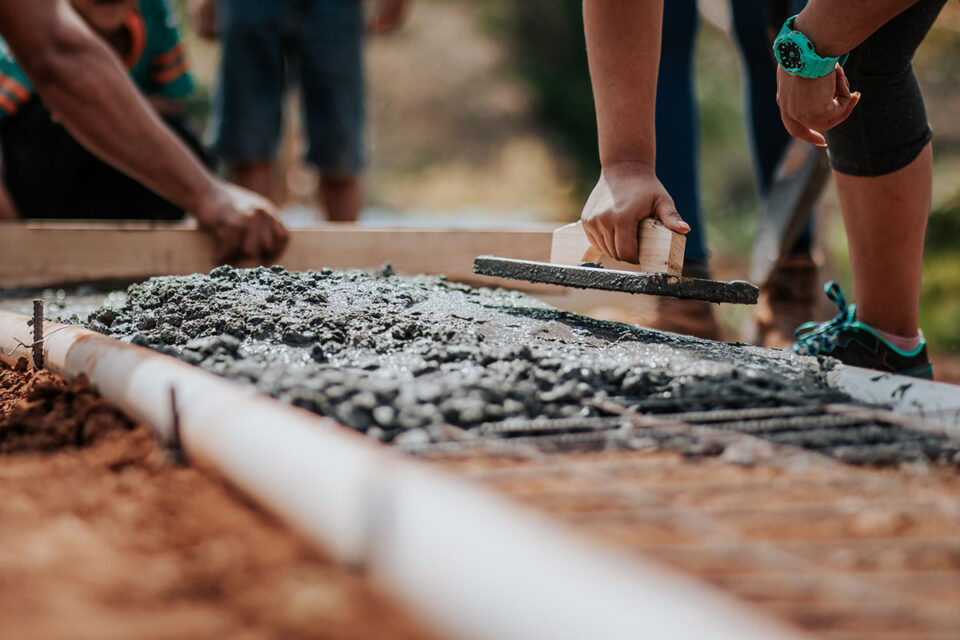Chemical admixtures decrease the cost of an overall construction project by modifying hardened concrete properties and enhancing its quality during curing, placing, transporting, and mixing stages. It also helps overcome various emergencies during the concrete processes.
Using admixtures enhance the quality and properties of both hardened and plastic concrete. Some admixtures help in making the mixing process easier to pump or making it self-consolidating. Some help in making the hardened concrete corrosion-resistant or stronger. One of the comment types of admixtures in concrete is water-reducing admixtures. Using water reducing admixtures in concrete makes multiple building techniques easier to achieve.
Uses of Water Reducing Admixtures

Water reducing admixtures are one of the most common groups of chemical admixtures that are utilized in concrete. These chemicals help reduce the requirement of water in the mixture of concrete for a given slump or enhance the slump content in the water content. When the water content is decreased, it reduces the ratio of water and cement, thus improving the strength of the concrete.
Typically, the water reducing admixtures are of two types, as per the dose amount being used in the concrete and the amount of water. The water-reducing admixtures are divided into:
• Regular admixtures
• High range admixtures
• Regular Water Reducing Admixtures
Regular water reducers are also known as regular plasticizers and are used in a minimal quantity, for example, only 0.1% of the admixture to the concrete’s total weight. When using this amount of admixture, the concrete’s slump enhances around 50 to 85 mm. Moreover, it also reduces the quantity of water. Therefore, the slump content required can be achieved without the need to increase the content of water.
Sodium Lignosulfonate

The most commonly used regular water-reducing admixture is sodium lignosulfonate. It helps in improving the durability and strength of the concrete, decreasing the cost formulation, and increasing the concrete mix’s workability.
Sodium lignosulfonate is extracted from liquid pulping through the process of purifying, evaporating, chemical treatments, and drying. It helps in reducing the consumption of water by around 14% and drastically decreases the initial hydration heat of the cement. In addition, it is an alkaline-free substance, with no chlorine salt and without any corrosive impact on steel.
Sodium lignosulfonate is used as a plasticizer in concrete with a typical dosage of 0.25% and the capacity to reduce water to around 9% to 11%. To maintain the slump of the concrete, and the same reference and intensity, using sodium lignosulfonate can help in saving around 10% of cement.
High Range Water Reducing Admixtures

The high range water reducing admixtures are the ones that help in reduces the higher quantity of water required without affecting the concrete’s slump value. High range admixtures, also known as superplasticizers, are utilized when there is a requirement for high concrete strength. It also provides a higher value of slump without the need to increase the water amount.
These admixtures are utilized in the majority of the commercial area constructions, like shopping malls, plazas, and markets.
Sodium Naphthalene Sulfonate (SNF)
This is one of the most common high range water reducing admixtures that is also an anionic surfactant. It is mainly utilized in pumpable and free-flowing concrete preparation in the construction industry. In addition, sodium naphthalene sulfonate is also utilized as a raw material for retarders, anti-freezing agents, and compound accelerators.
This admixture has a higher purity element that helps in making cement particles that are high-range strengthening and water reducing, and low foaming while also improving the workability and mobility of the cement.
SNF, also known as Naphthalene Sulfonate Formaldehyde Condensate (NSF), is known for enhancing ultimate strength and early development in mortar and concrete. It has excellent adaptability to numerous types of cement and isn’t erodent. In addition, it is pollution-freer and nonpoisonous.
It is widely used in the construction of civil and industrial buildings, power engineering, skyscrapers, quay, port, water conservancy projects, tunnels, bridges, and highways.
It is easily soluble in water, glycerol, diethylene glycol, ethylene glycol, and slightly soluble in alcohol.
However, it is not soluble in organic solvents. Moreover, SNF is also commonly used in numerous industries, including oil, textile, paper, plastics and rubber, and agriculture.
Polycarboxylate Based Superplasticizer (PCE)
Polycarboxylate based superplasticizer is an advanced admixture that is utilized in producing high-performance concrete. In comparison to other admixtures, this admixture has a stronger dispersing impact and has higher water reducing rate and outstanding fluidity retention performance without resulting in retardation.
PCE is mainly designed to enhance the workability of concrete in any construction project. Therefore, it provides more powerful benefits when utilized to prepare and produce high-strength concrete and high fluidity concrete with low water and cement ratio. Moreover, it is ideal for long-distance transportation of pumping concrete.
PCE helps in preparing different types of concrete, including high-strength, high-performance, and super-high-strength. It formulates highly durable concrete with freeze-thaw resistance, higher moisture retention, and impermeability. It is an ideal admixture to configure numerous concretes with mineral powder and high fly ash.
Water reducing admixtures in concrete offer the required slump with a reduced amount of water in the mixture while also offering a much stronger concrete without the need to increase the cement amount.
Workability is the most integral element of concrete that can be enhanced by adding water to the mixture.
However, if more than the required water is included, it affects the durability and strength of the concrete.
Admixtures help combat this problem while also enhancing the concrete mixture’s strength. It also enhances the bond between steel and concrete, reduces bleeding, honeycombing, segregation, and cracking.

